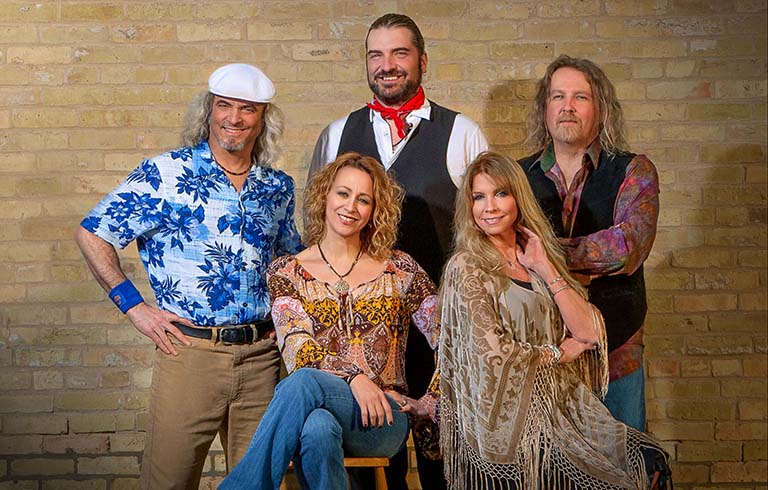
Tusk: Fleetwood Mac tribute coming to Trine Nov. 17
Tusk, the Ultimate Fleetwood Mac Tribute, will bring the band’s greatest hits to the stage of Trine University’s T. Furth Center for Performing Arts on Friday, Nov. 17.
January 18, 2022

New technology at Trine University is allowing student engineers to test their designs in a whole new reality.
For more than a decade, teams of Trine University student engineers have taken part in the national Basic Utility Vehicle (BUV) competition, where college teams design a simple, low-cost vehicle that could be used in a developing African country to perform daily tasks over rough terrain.
As this year’s BUV team tried to determine how their vehicle’s pedals, seat and steering wheel would fit for a driver, they floated the idea of bringing the CAD model for their vehicle into a virtual reality (VR) environment.
Braeden Wallen-Frye, a mechanical engineering major from Kendallville, Indiana, owns an HTC Vive virtual reality headset and was able to get the BUV design into virtual reality. He then learned of Trine’s VR laboratory, established as part of a grant the university received from Lilly Endowment Inc. in 2020 to provide programming and resources to implement and expand extended reality technologies across campus.
“Since we have multiple HTC VIVEs inside our lab, I've been able to have multiple members of our team in the virtual environment at the same time, which I would have never been able to do,” he said.
“The team is able to view their CAD/SolidWorks drawing in the VR arena and then manipulate it or add to it, and the changes reflect back into their drawings,” said Wendy Yagodinski, chair of Trine’s computer science and information technology department. “It is an incredible way to use VR to make sure the design is actually going to work in 3D before they spend the time to actually prototype it.”
The team set up a mock seat for the BUV inside the VR lab and then measured the distance to elements like the pedals and the roll cage bar. By working in the virtual environment, the group was able to determine the vehicle’s pedals were too close to its seat.
“Our legs would have been inside the steering wheel,” Wallen-Frye said.
The team has also used Gravity Sketch, a 3D design application, to draw hydraulic lines and ensure there is enough room for them.
“We can get inside what we are designing and see in a 1:1 scale what we are planning on building,” he said. “There are faults in designs that you would never have seen otherwise seen just by using a CAD program like SolidWorks.”
Wallen-Frye also has worked with Trine’s Combat Robot and Shell Eco-Marathon electric vehicle teams to import their projects into the VR environment, and is working with several others.
“The Combat Robot team gave me their full assembly file to put into VR,” he said. “In the environment they took apart the assembly, as they would at the competition, to see if any elements in their design could cause them problems when attempting to fix anything at the competition. They also are going to come back and draw some of their electric wiring inside VR.”
Like the BUV team, the Shell team is using VR to test their vehicle’s ergonomics and to draw in electric and braking system lines.
“These are all things we would never be able to do outside of VR, without making a full-scale model,” said Wallen-Frye. “It's also a great tool for drawing in simple things like hydraulic lines that could take some time in a normal CAD environment.”
Photo: Trine University Basic Utility Vehicle team members — from left, Braeden Wallen-Frye of Kendallville, Indiana; Wesley Gates of Stilesville, Indiana; Derik Gunthorp of LaGrange, Indiana; Dr. John Liu, faculty advisor; Adam Ellert of Angola, Indiana; and Manuel Urcino of Frankfort, Illinois — make measurements and adjustments to their vehicle’s design using equipment in the university’s Virtual Reality lab. All the students are mechanical engineering majors. (Photo by Dean Orewiler)
Last Updated: 01/18/2022